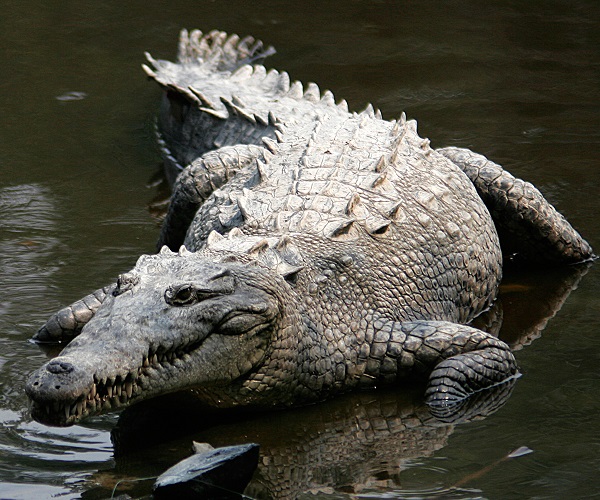Fish / Shrimp
Dive into the mesmerizing underwater world with our photo collection featuring fish, shrimp, and crabs. Fauna, which includes these aquatic marvels, encompasses the diverse array of animal life found in aquatic ecosystems worldwide. Fish, characterized by their streamlined bodies and fins, inhabit rivers, lakes, and oceans, playing vital roles in marine and freshwater ecosystems. Shrimp, with their slender bodies and delicate appendages, are crustaceans found in both freshwater and marine environments, contributing to food webs and ecosystem dynamics. Crabs, with their distinctive claws and sideways scuttling, are another group of crustaceans inhabiting coastal areas, estuaries, and the ocean floor. Together, these fascinating creatures represent a fraction of the incredible diversity of life beneath the water, each species contributing to the delicate balance of aquatic ecosystems.
Wray’s Gambusia
Close to the shore or on floating mats of waterweed many small “Ticki-ticki” fish pecking at the rocks, tree roots and plants for food can be observed. The Wray’s Gambusia and Black Belly Limnia are small fish that give birth to live young.
Macrobrachium Shrimp
The shrimps can be seen at night in the river using light is reflected on their red eyes. The shrimp feed on detritus and microscopic algae from the river and are in turn eaten by fish, birds and young crocodiles. Many types of marine and freshwater shrimp live in the Alligator Hole River. The most common type is the Macrobrachium sp.
Gray Snapper
They may been seen in river the shore along the road bank in small schools near the rocks. They are a reddish-grey coloured fish. The Grey Snapper can reach 1m (3ft) in length. Adults usually live in the sea near reefs and rocks. The young live in rivers and streams, and favour the roots of mangrove trees.
American Eel
At certain times of the year you may see many eels in the Alligator Hole River. These brown snake-like fish may reach 1.2m (4ft) in length. American Eels migrate and spawn in the sea but otherwise inhabit rivers and wetlands from Canada to South America. They are most active at night, when they crawl and swim along the river bottom searching for shrimps, small crabs and fish to eat.
Snook
You may see this large slender fish, the Snook. They weight up to 22.5kg (50lbs) and reaching up to 1.2 cm (4ft) in length and feed on small fish, shrimp, and crabs. The numbers in the river may have declined due to pollution in the sea, overfishing, or perhaps a change in the river flow from road construction may all have contributed to the decline in the number of these fish.
Blue Crab
This large edible crab was once common in the river. They may be up to 20cm (8in.) in width.They may be seen mating in the river. When the crabs mate the female sheds her hard outer shell. From that time until her newly molted shell hardens, the male continues to clasp the female in order to protect her.After she is released, the female crab migrates to the sea to lay her eggs. Crab larvae live in the sea but later migrate to the river to complete their life-cycle.
Other fish
Other fish which may be observed include Yellowfin Mojarra, Goby or ‘Big Sleeper’, Inshore Lizard fish, Mountain Mullet, and White Mullet.

